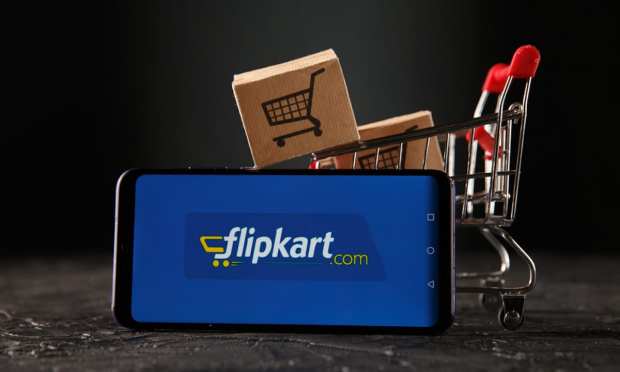Flipkart Plans Grocery Delivery Expansion To Over 70 Cities

Grocery delivery via Flipkart is now available in over 50 cities across India, and the company plans to continue expanding the service to more than 70 cities over the next six months, according to a press release published on Tuesday (Mar. 2).
The Bangaluru-based delivery offering is now available in seven metro cities, as well as more than 40 towns outside the metro areas that are serviced through a satellite-expansion marketplace model. In the metro areas, including Kolkata, Ahmedabad and Pune, Flipkart uses its own grocery fulfillment centers.
The press release calls grocery the “next big frontier for online shopping,” and a “key focus area” for the Walmart-backed company in attracting new customers. The digital shift that has been accelerated by the pandemic, which has fueled demand for grocery delivery from “tier 2” cities outside metro areas, the press release noted. It’s a trend that Flipkart predicts will continue as consumers increasingly seek contactless shopping options. Over 7,000 products are available on Flipkart Grocery, according to the release.
“Grocery continues to be one of the fastest-growing categories, with the increase in demand for quality food and household supplies from users. In line with this, we have invested in scaling up our grocery operations across the country,” said Manish Kumar, senior vice president of grocery, general merchandise and furniture at Flipkart.
The expansion also helps connect farmers to more customers through Flipkart’s eCommerce marketplace, the press release noted. Flipkart Grocery has teamed with many farmer producer organizations (FPOs) in the country to provide farmers with access to digital resources and an organized agri-supply chain.
Meanwhile, the eCommerce company is nearing an initial public offering (IPO), according to multiple reports, which could raise $10 billion in the U.S.
While many consumers continue to shop in-store for at least some of their grocery products, PYMNTS recently reported that more and more shoppers are turning to digital channels; post-pandemic, grocery shopping will likely see a hybrid model, with delivery options a “need.”
